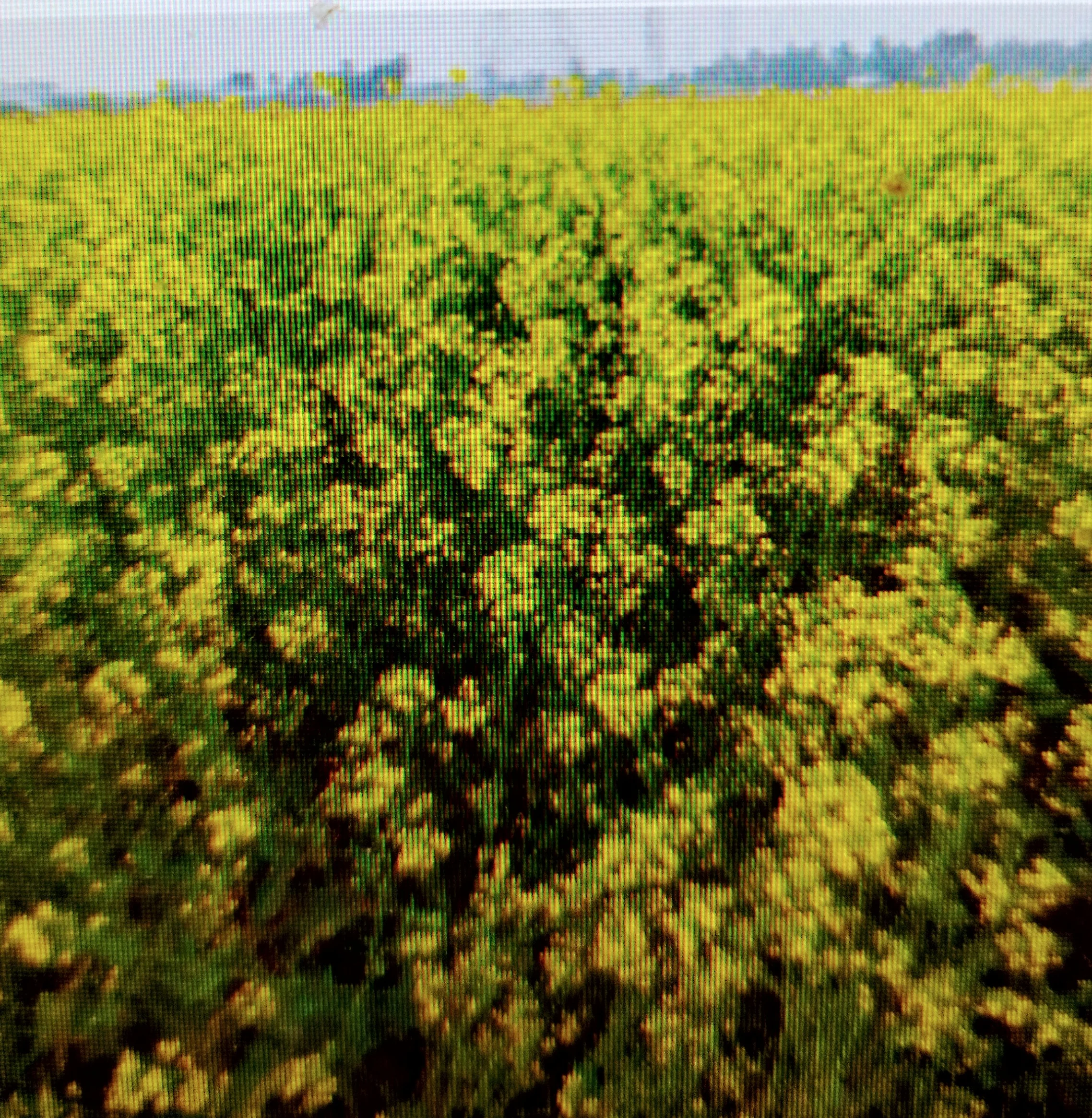Brassica crops are increasingly used to provide winter or rotational cover in vegetable and speciality crop production. They are also used as fodder for grazing livestock. Brassicas are also used as a biofumigant to manage some soilborne pests. Certain crop species can also be used as trap crops and to encourage beneficial organisms. When certain cover crop material is chopped up and incorporated into the ground, it releases toxic compounds that help sterilise the soil. For example, brassica cover crops release glucosinolates – and products of their degradation, such as isothiocyanates – as well as volatile sulphur compounds that are toxic to many soilborne pests. Biofumigant cover crops have been demonstrated to be useful for managing beet cyst nematodes and rhizoctonia root rot in sugar beet and potato cyst nematodes in potatoes. How cover crops are produced, destroyed and incorporated will affect the efficacy of biofumigation.
Suitable brassicas for cover crops and green manure include mustards, oil radish, tillage radish, stubble turnip and kale.
Mustards: Mustards are fast-growing. White mustard develops an extensive root system but is not frost tolerant. Brown mustard produces a good root system and is frost tolerant. It can also be used to suppress verticillium, rhizoctonia and potato cyst nematodes (PCN).
Sowing (autumn): Mid-Aug to mid-Sep
Example sowing rates kg/ha (as a single species): 5–15
Oil radish (oilseed radish): This crop has fast growth in late summer and autumn and allows a significant uptake of nutrients. It develops a large taproot that can break through compacted layers, allowing deeper rooting by the next crop. Oil radish dies over the winter and decomposes by spring. It leaves the soil in easily crumbled condition and improves rainfall infiltration and retention. It also eases root penetration and development by the following crop.
Sowing (autumn): Mid-Aug to early-Sep
Example sowing rates kg/ha (as a single species): 4–12
Oilseed rape: Oilseed rape can provide a competitive cover.
• Sowing (autumn): Mid-Aug to mid-Sep
• Example sowing rates kg/ha (as a single species): 5–15.
Error




